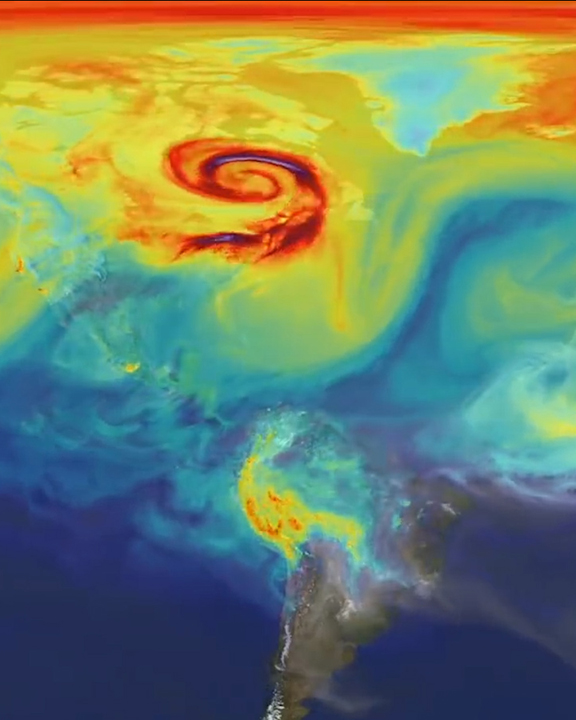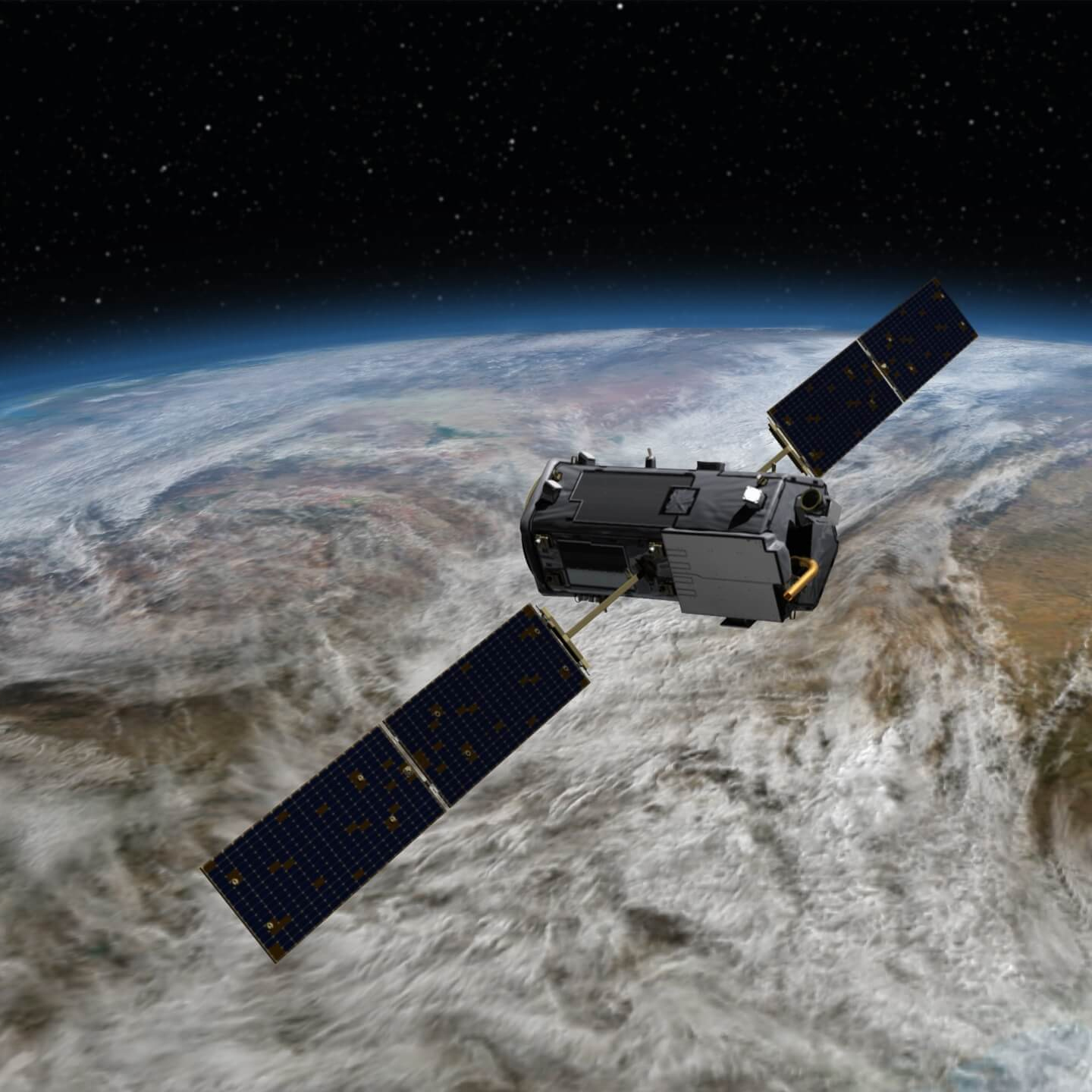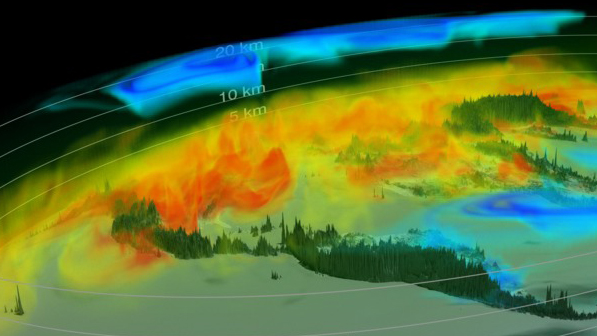
We develop the capabilities for Monitoring, Reporting, and Verification of carbon stocks and fluxes.

Remote Sensing
Earth Observation (EO) refers to the use of satellite remote
sensing technologies to monitor land, water and atmosphere
dynamics. CMS projects incorporate a suite of NASA missions
and instruments in their prototyping of carbon monitoring
systems.
Remote sensing data from satellites,
airborne instruments, and drones provide essential
information such as: ocean salinity, forest disturbances,
wetland inundation, crop health, atmospheric greenhouse
gasses, and air quality.
Examples of satellite
imagery used by CMS projects can be found
here.

Scientific Knowledge
Initiated in 2010, CMS is an ambitious and relevant science
initiative that generates scientific knowledge and
prototyping capabilities across a diversity of systems,
scales, and regions, including research focused on
monitoring, reporting, and verification (MRV) systems.
Scientists funded by CMS are exploiting the remote sensing
resources, computational capabilities, scientific knowledge,
and end-to-end system expertise that are major strengths of
the NASA Earth Science program.
The result is
one of the largest collections of applied carbon monitoring
research to date, evidenced by numerous
publications, citations, products, and product downloads.

Operational Products
Several NASA CMS projects have created models and data that inform operational decisions for carbon management, and many more are in development. Data products span a range of themes (land, atmosphere, ocean) and spatial scales (sites, regional, national, and global). For example, NASA CMS projects are used in state forest management, carbon budget development and accounting, and are foundational contributors to the US Greenhouse Gas Center, which is piloting 3 areas of study: global gridded anthropogenic gas emissions, natural sources and sinks, and high resolution methane emissions.

Modeling Expertise
Models allow CMS scientists to transform satellite data into information that informs decision making about policy and environmental management. Scientists use models to study things that are very small, like the movement of smoke molecules, or to study things that are very large, like the impact of agriculture on the climate across a continent. Some scientists use models to predict things that haven’t happened yet, or to study events that happened long ago. CMS uses all these approaches to transform satellite observations of ocean phytoplankton photosynthesis, forest and crop canopies, nighttime lights from cities, and observations of forest fires into useful information.
By leveraging remote sensing resources, scientific knowledge, and modeling expertise, CMS develops usable products for a range of stakeholders who are involved with carbon monitoring and climate mitigation.
Stakeholders
The CMS program has a unique orientation towards engaging with users of carbon data that support decision making across a range of scales and institutions.
CMS scientists actively engage with stakeholders at the federal, state, and local level, as well as with international partners.
The CMS program funds basic and applied research that is created while engaging with user communities in a way that better serves societal needs. By connecting carbon cycle science research to stakeholders and decision makers, NASA CMS contributes to understanding and meeting the needs of the climate data user community.
CMS contributes data, science and models across three scientific areas: Land, Atmosphere & Water
Land
Tracking and mapping changes to characterize uncertainties of plant biomass in terrestrial ecosystems.
Atmosphere
Modeling and monitoring atmospheric processes in order to estimate change in greenhouse gasses.
Water
Characterizing marine, freshwater, coastal, and wetland ecosystems’ contribution to carbon budgets.
CMS by the Numbers
Total number of data products published
54,000+
Total number of of data products downloaded
Total number of publications
Total number of citations
publications | cited by
publications | cited by
publications | cited by